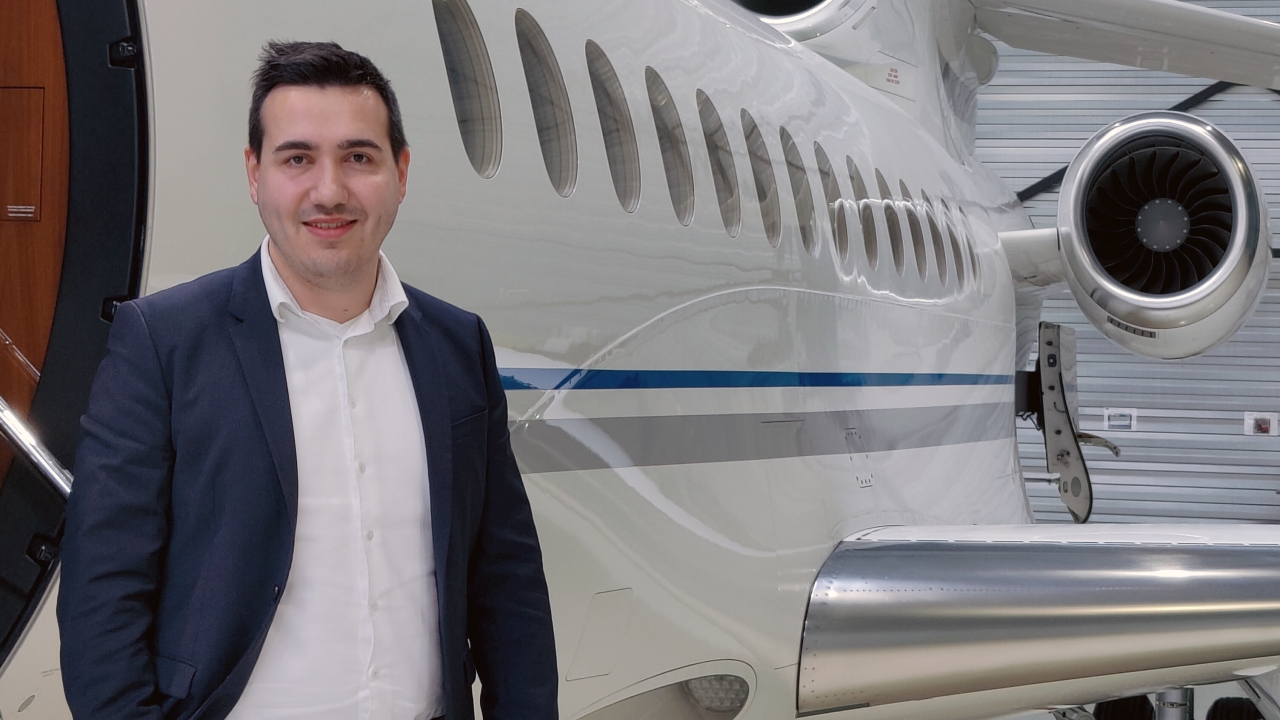Middle East sees decline in latest Honeywell outlook

The 2014 Honeywell outlook reflects an approximate 7 to 8 percent increase in projected delivery value over the 2013 forecast. Slightly higher unit deliveries are coupled with modest list price increases and the continued strong showing of larger business jet models in the delivery mix to generate the growth.
Honeywell forecasts 2014 deliveries of approximately 650 to 675 new jets, a single-digit increase in percentage growth year over year. The improvement in deliveries expected in 2014 is largely due to program schedule recoveries, new model introductions and additional fractional uptake.
“2015 industry deliveries are anticipated to be up modestly again, reflecting momentum from several new model introductions and some gains linked to incremental global economic growth,” said Brian Sill, president, Business and General Aviation, Honeywell Aerospace.
The share of projected five-year global demand attributed to the Middle East and Africa region moved below its historical range of 4 to 7 percent this year.
In the Middle East and Africa, 18 percent of respondents’ fleets are projected to be replaced or added to with a new jet purchase, down from 26 percent last year. The level of purchase plans is under the world average and unsurprising in that it has been a year of significant political upheaval and ongoing conflict in the region as well as a year in which oil prices have drifted lower and health crises have emerged in Africa.
Regional distress has taken a toll, with operators in the region scheduling their purchases later in the next five-year window than expected last year, with only 21 percent of purchases planned before 2017.
Overall, Honeywell found that the operators interviewed plan to make new jet purchases equivalent to about 23 percent of their fleets over the next five years either as a replacement or in addition to their current fleet.
This level of interest is several points lower than the past four survey cycles, but is in line with results of 25 percent or less that were the norm until 2006. Of the total new business jet purchase plans, 19 percent are intended to occur by the end of 2015, while 14 and 22 percent are scheduled for 2016 and 2017, respectively.
The survey does not allocate projected demand to specific years beyond 2017. Purchase timing is shifted somewhat later compared with last year’s results and leads to a modest slowdown in projected demand for the near term. However, pre-sold positions for new models entering service in 2015‒16 should mute this effect on recorded deliveries.
Despite lower overall purchase expectations, operators continue to focus on larger-cabin aircraft classes ranging from super midsize through ultralong-range and business liner, implying these types of aircraft will command the bulk of the value billed from now until 2024. This large-cabin group is expected to account for more than 75 percent of all expenditures on new business jets in the near term. Volume growth between now and 2024 will be led by these classes of aircraft, reflecting 60 percent of additional units and nearly 85 percent of additional retail value.
“The strong desire for larger-cabin aircraft with greater range and advanced avionics is seen again in this year’s survey,” Sill said. “We are also seeing some improved interest in midsize and small-cabin models this year.”
Stay up to date
Subscribe to the free Times Aerospace newsletter and receive the latest content every week. We'll never share your email address.

